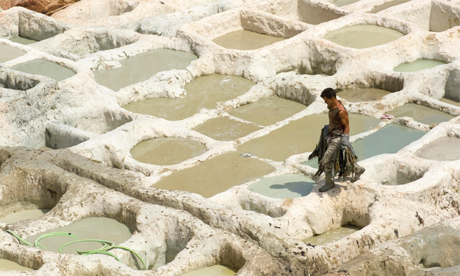
Don’t have, want or need the expensive camera kit? Steve Davey shows how to get amazing images out of your point-and-shoot without worrying about not having the pro-gear
The whole point of taking snapshots is that you don’t want to carry too much gear, or spend too much time on your photography. But just because you’re using a simple camera, it doesn’t mean that you have to take dull, disappointing shots: the most complex piece of photographic kit that you can ever use is your own creativity, and if you follow these few simple tips then you can improve even the quickest snapshot. Think about what it is about your subject that makes you want to take a picture of it in the first place, and then try to photograph that. This is the essence of the image. It sounds simple but many people snap away without thinking about what they’re trying to show.
One of the biggest errors that people make when shooting with a compact camera is simply not to get close enough. The default focal length for most compact cameras is quite wide. Unless you zoom in or move closer then your subject will be too small in the picture. Be prepared to crop into your subject – but do it boldly. Don’t just chop someone’s feet off, crop just above the waist for a half length portrait. As well as moving closer to your subject, experiment with changing your angle slightly. This will produce a radically different image.
Most compact cameras – and even many phone cameras – have some quite sophisticated features built into them, that can help you to get better pictures without needing a lot of technical knowledge. One of the easiest ways to do this is with the picture scene or creative modes. What they are called will depend on your camera, but you will have a range of potential picture-taking scenarios that will allow your camera to make the settings that each subject requires.
Remember though to change the picture setting when you move on to a different subject or the settings can be completely wrong.
If your camera has picture scene modes, then these will customise a raft of camera settings seamlessly based on the subject and without you ever knowing what is going on in the camera. Things like white balance, shutter speed and even exposure will be customised depending on the mode you select. Some cameras have dozens of them, from snow to sports, and night photography to sunsets.
Many simple cameras have a significant delay after pressing the shutter release, caused by the time it takes to focus. Avoid this by half-pressing the button first to pre-focus the camera, then pressing the button to finish taking the picture instantly. As long as the subject distance hasn’t changed, your picture will be sharp – and taken quickly!
If you’re snapping your friends, don’t just take dull shots with them standing in front of something grinning at the camera. Try to photograph them doing something or interacting with someone – even just each other. This will make your pictures appear more natural and un-posed. If you want them to look at the camera, call out just before you take the picture.
As you’ll be shooting JPEGs, it’s vital to get your exposures correct when taking the initial shot – post-snap programs such as Picasa or Adobe Elements can only make slight corrections. Use the exposure compensation facility, and retake the picture for better results. If your picture is too dark, try dialling in +1 stop or more; if your picture is too light, try - 1 stop.
There will be many times when the automatic flash will just ruin a picture, actually making your pictures darker as the camera selects a fast shutter speed. Switch off the flash and the camera will use a slower speed, making your pictures lighter and brighter. Brace your camera against something to avoid camera shake though.
A little bit of thought will give much better results in the end. Ask yourself why you want to photograph something in the first place and then try to show it clearly in a single picture.
Experiment with the exposure compensation feature. If your picture is too light then try setting this to -1 stop to make it darker. Conversely if your picture is too dark then dial in +1 stop to make it brighter.
If you have a small camera you can get away with a mini tripod. This will help to avoid camera shake for low light snapping. A GorillaPod is a small tripod, but the legs are bendy so you can use it to grip things like railings.